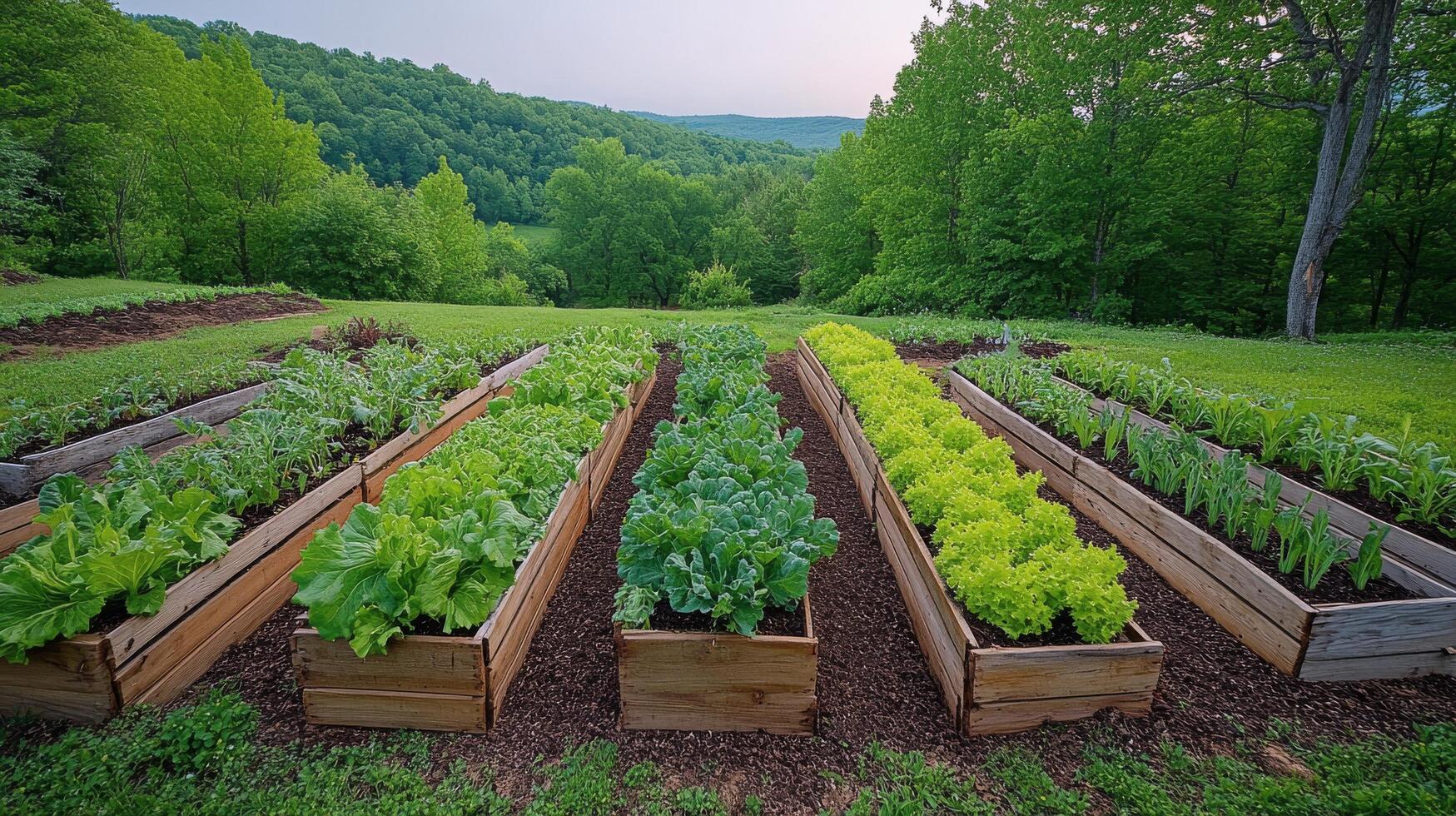Perfect Raised Bed Vegetable Companions
Companion planting is a smart way to maximize space, improve plant health, and naturally deter pests in raised bed gardens. By pairing compatible vegetables, you can boost yields, reduce disease risks, and create a balanced garden ecosystem.
Best Companion Planting Combinations
🥕 Carrots, Spinach & Radishes – Efficient Space Use
• Carrots grow deep, while spinach and radishes use the topsoil.
• Radishes help loosen the soil for straight carrot growth.
🥬 Kale, Lettuce & Swiss Chard – Thriving Leafy Greens
• Lettuce provides ground cover, keeping soil cool.
• Kale and Swiss chard grow taller without overcrowding.
🧄 Potatoes, Beans & Garlic – Natural Pest Control
• Beans fix nitrogen, helping potatoes grow.
• Garlic repels pests like aphids and beetles.
🍅 Tomatoes, Basil & Marigolds – Flavor & Protection
• Basil enhances tomato flavor and repels pests.
• Marigolds deter nematodes that harm tomato roots.
🥒 Cucumbers & Nasturtiums – Pollination Boost
• Cucumbers climb, leaving space for nasturtiums, which repel pests.
What to Avoid
• Carrots & Dill – Dill stunts carrot growth.
• Tomatoes & Potatoes – Both are prone to blight.
• Beans & Onions – Onions inhibit bean growth.
Tips for a Thriving Raised Bed Garden
1. Plan Your Layout – Ensure good companion placement.
2. Use Vertical Space – Grow vining plants upward.
3. Rotate Crops – Prevent soil depletion and disease.
4. Mulch & Water Regularly – Maintain soil moisture.
5. Monitor for Pests – Use natural deterrents like marigolds and garlic.
Conclusion
Companion planting in raised beds enhances plant health, saves space, and boosts productivity. By choosing the right vegetable combinations, you can create a thriving, low-maintenance garden full of fresh, homegrown produce. 🌿✨

